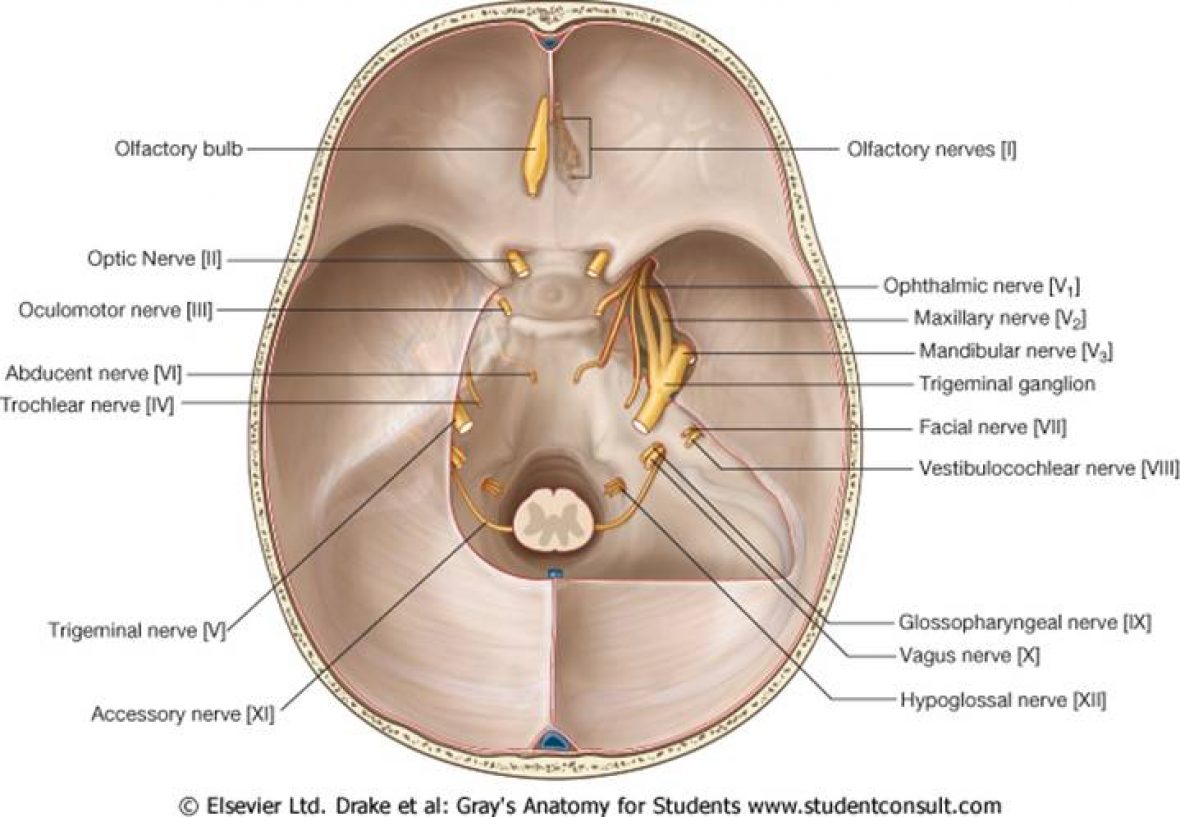Clinically Applied Anatomy
There are some important features of the temporal lobe.
The frontal lobe is seperated by the temporal lobe by the Sylvian fissure (also known as the lateral sulcus)
There are 3 gyri that can be seen laterally the superior, middle and inferior temporal gyri.
The superior temporal gyrus consists of the primary auditory cortex known as the transverse gyri of Heschl.
The middle and inferior temporal gyrus are concerned with learning and memory
The inferior surface of the temporal lobe consists of the hippocampus and para-hippocampal gyrus whose white matter are involved in the conduction of pathways within the limbic system (involved in emotion). The sensation of olfaction is medicated through this system.
Deep to the Sylvian fissure is an important piece of anatomy known as the Insula Cortex, a deep area of the brain where clinically the middle cerebral artery the M2 segment is found and access into the insula can provide a surgical pathway for aneurysmal clipping.
Please don’t forget the superior visual fibres runs within the deep parts of the temporal lobe and any pathology can cause a superior quadrantinopia.
Look at the close relationship between the uncus and the midbrain and the close relationship and how clinically a lateral supratentorial mass can cause compression of the brainstem and herniation syndrome.


Pathology as a result of temporal lobe lesion
- Auditory Cortex- Cortical Deafness with bilateral lesions. Patients with dominant hemishpere lesions may have difficulty in hearing spoken words.
- Middle and Inferior temporal gyri- memory and learning impairment. In patients with temporal lobe epilepsy may not be able to recall the event
- Limbic System- involves anti-social behaviour. Olfactory hallucinations may occurr and is associated with epilepsy
- Optic Radiation- via Meyer’s Loop can occurr
- Given the close relationship between the superior temporal gyrus and the angular gyrus of the parietal lobe, Wernicke’s dysphasia may occurr with dominant lesions
- Given the close relationship between the uncus and the midbrain, any supra-tentorial lesion that causes significant mass effect can cause a 3rd nerve palsy+posterior cerebral artery compression. See herniation syndromes

